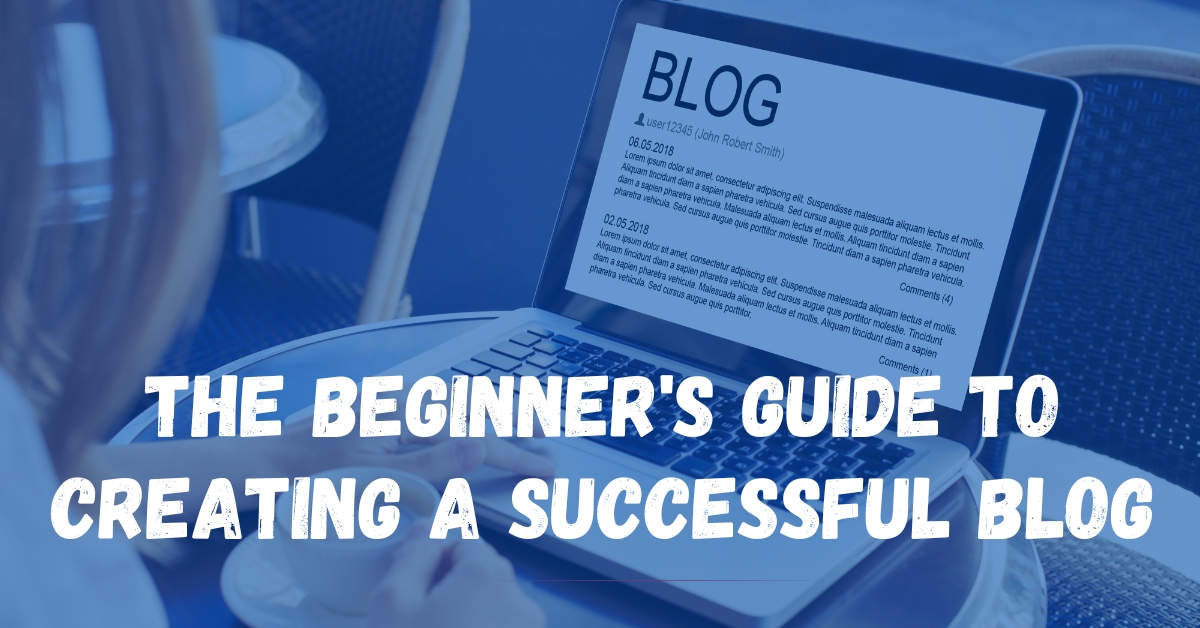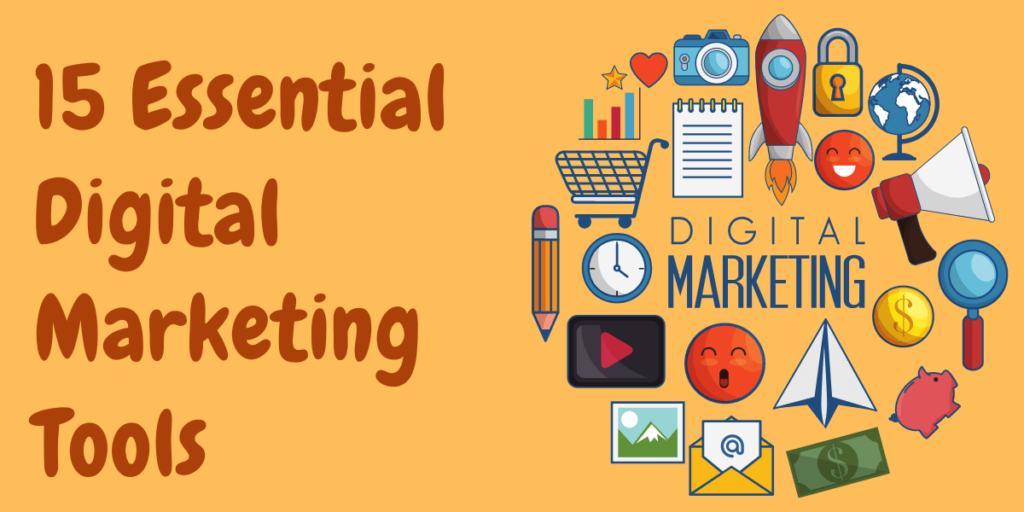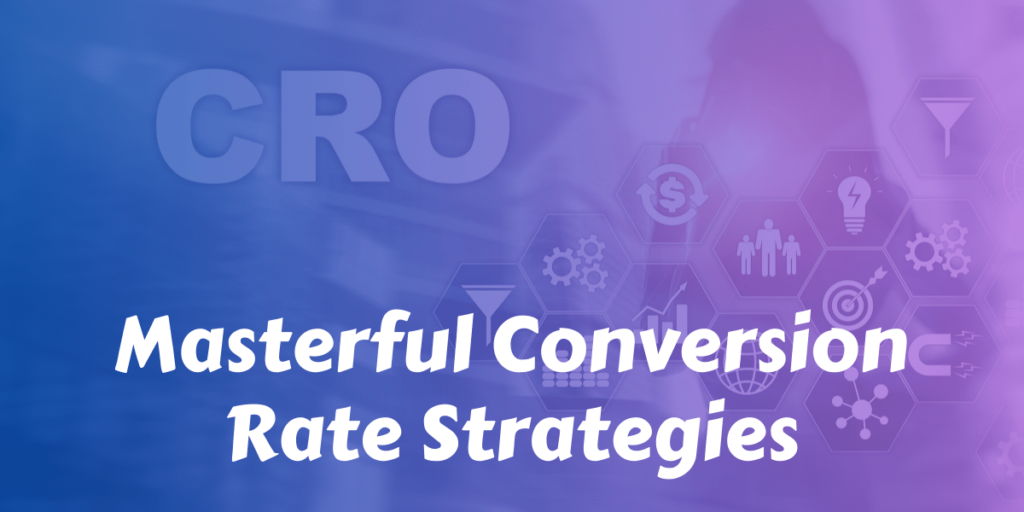
Table of Contents
how do i create a blog for free? Hey there, fellow aspiring bloggers!
Are you ready to dive into the exciting world of blogging but not sure where to start? Well, you’re in luck because today I’m here to guide you through the process of creating your very own blog.
Whether you’re looking to share your passion for food, fashion, travel, or anything in between, this step-by-step guide will help you get started on your blogging journey.
How to Choose Your Ideal Blogging Platform
I know you’re excited to share your thoughts with the world, but before you jump into the wild world of blogging, let’s take a moment to find the perfect platform for you.
With so many options out there, choosing the right one can feel overwhelming. Don’t worry I’ve got your back! Let’s walk through some key factors to consider when selecting your blogging platform, so you can get started on the right foot.
1. Define Your Blogging Goals
Before you look at different platforms, think about what you want to achieve with your blog. Are you blogging for fun, to build a personal brand, or to make money? Your goals will significantly influence the platform you choose.
2. Consider Your Technical Skills
Some platforms require more technical know-how than others. Honestly assess your skills—are you a tech whiz, or does the thought of HTML make you sweat? Choose a platform that matches your prowess.
3. Think About Customization
Do you want to have complete control over your blog’s design and functionality, or are you content with more basic customization options? If you love to tweak and personalize, you’ll want a platform that offers flexibility.
4. Evaluate the Cost
Blogging platforms come with a range of price tags. Some are free, while others require a monthly or annual fee. Determine your budget and whether you want to invest in a premium platform or stick to a free one.
5. Research the Community and Support
Check out the community and support options for each platform. Having a strong community and reliable support can be a huge help, especially when you encounter technical difficulties.
6. Look at Monetization Options
If you’re planning to make money from your blog, consider platforms that support various monetization strategies like advertisements, sponsored content, or e-commerce integrations.
7. Read Reviews and Testimonials
Nothing beats the tried-and-true method of learning from others’ experiences. Look for reviews and testimonials from other bloggers who have used the platforms you’re considering.
To help you start comparing, here’s a quick rundown of some popular blogging platforms:
| Platform | Ease of Use | Customization | Monetization | Cost |
|---|---|---|---|---|
| WordPress.com | Medium | High | Yes | Free – $$$ |
| Blogger | Easy | Medium | Yes | Free |
| Wix | Easy | High | Yes | Free – $$$ |
| Squarespace | Easy | High | Yes | $$ – $$$ |
| Medium | Easy | Low | Limited | Free |
| Ghost | Medium | High | Yes | $$ – $$$ |
Each of these platforms has its unique strengths and potential drawbacks. let’s not forget, your choice doesn’t have to be forever—you can always switch platforms down the road if your needs change.
Notes :
WordPress is a great choice , If you’re looking for a user-friendly platform with a wide range of design options .
Blogger, on the other hand, is a good option for beginners who want a simple and straightforward blogging experience.
Wix is known for its drag-and-drop website builder, making it a great choice for those who want complete control over the design of their blog.
Take your time exploring your options. Once you’ve found the perfect fit, you’ll be ready to start blogging with confidence! Enjoy the journey, and I can’t wait to see what you create.
Choose a Domain Name
Choose a Domain Name Once you’ve chosen your blogging platform, it’s time to pick a domain name for your blog. Your domain name is your blog’s web address, so it’s important to choose something that is catchy, easy to remember, and reflects the content of your blog , this tool will help you to cheese a catchy domain name .
Try to keep it short and relevant to your niche to make it easier for readers to find and remember your blog. You can purchase a domain name through your blogging platform or through a domain registrar like Namecheap.
Make sure to check the availability of your desired domain name before making a final decision, as you want to avoid any trademark or copyright issues down the line.
Defining Your Blog Niche
Identifying Your Blog Niche is the first step in creating a successful blog. Think about your interests, passions, and expertise.
What are you knowledgeable about or enjoy talking about? This will help you define your niche – a specific area or topic that your blog will focus on.
For example, if you love cooking, your niche could be food and recipes. By choosing a specific niche, you’ll attract a targeted audience who share your interests.
This ensures that your content resonates with them and keeps them coming back for more. Finding your niche sets the foundation for a successful blog that stands out in the crowded blogosphere. 🌱
Narrowing Down Your Target Audience
Start by thinking about who would be most interested in your content. Consider their age, gender, interests, and any other characteristics that define your ideal reader. This will help you tailor your content to meet their needs and preferences.
Conducting market research and analyzing your blog’s analytics can provide valuable insights into your audience.
let’s not forget, the more specific you are in targeting your audience, the better chance you have of connecting with them on a deeper level and building a dedicated following.
Creating Engaging Content
When it comes to creating engaging content for your blog, there are a few key strategies to keep in mind.
First, focus on writing compelling blog posts that captivate your readers from the very beginning.
Use attention-grabbing headlines and provide valuable information or unique insights. Additionally, don’t forget to incorporate visual elements such as images, infographics, and videos to make your content more visually appealing and interactive.
These visual elements can help grab your readers’ attention and enhance their overall engagement with your blog.
By combining well-written posts with eye-catching visuals, you’ll be able to keep your audience coming back for more! 📝🎨
Promoting Your Blog
Once you’ve created compelling content, it’s time to promote your blog and attract readers. Utilizing social media platforms is a powerful way to get the word out about your blog.
With billions of active users, platforms like Twitter, Facebook, and Instagram can help you reach a wide audience.
Start by creating dedicated social media accounts for your blog. Share snippets of your blog posts, behind-the-scenes photos, and engage with your audience through comments and messages.
let’s not forget to use relevant hashtags to increase visibility and encourage sharing. Collaborate with influencers or other bloggers in your niche to increase exposure.
Implementing SEO Strategies for Increased Visibility
In addition to social media, optimizing your blog for search engines is crucial for gaining organic traffic.
Implementing effective SEO strategies will help improve your blog’s visibility in search engine results.
Start by conducting keyword research to identify popular search terms in your niche. Incorporate these keywords naturally throughout your blog posts and optimize meta tags and headings.
Create high-quality content that provides value to readers and encourages them to stay on your site longer.
Don’t forget the importance of off-page SEO as well. Build quality backlinks from reputable websites and participate in guest blogging opportunities to establish yourself as an authority in your niche.
Get creative with your promotion methods and consistently monitor the results to fine-tune your approach. Your goal is to gain more readership and create a thriving community around your blog. 📣📈
Understanding Different Monetization Methods for Blogs
When it comes to monetizing your blog, there are various methods you can explore. One popular option is through advertising networks like Google AdSense or Media.net.
These platforms display ads on your blog, and you earn money based on clicks or impressions.
Another method is sponsored content or sponsored posts, where brands pay you to create promotional content. You can also sell digital products like e-books or online courses related to your blog niche.
Affiliate marketing is another lucrative option where you earn a commission for promoting products through referral links.
Lastly, consider offering premium content or membership programs for exclusive access to additional resources.
let’s not forget, finding the right monetization strategy may require some experimentation and aligning with your audience’s interests.
Conclusion
Congratulations on completing this beginner’s guide to creating a successful blog! 🎉 Here are some key takeaways to keep in mind as you continue your blogging journey:
- Choose the right blogging platform: Consider your needs and preferences to find a platform that suits you best.
- Define your niche: Identify your passion and target audience to create focused and relevant content.
- Create engaging content: Write compelling blog posts and incorporate visual elements to grab your readers’ attention.
- Promote your blog: Utilize social media and implement SEO strategies to increase your blog’s visibility.
- Monetize your blog: Explore different monetization methods and create a strategy that aligns with your goals.
So, don’t hesitate to drop a comment if you have any questions, or share your blog’s progress with our community. Happy blogging!








